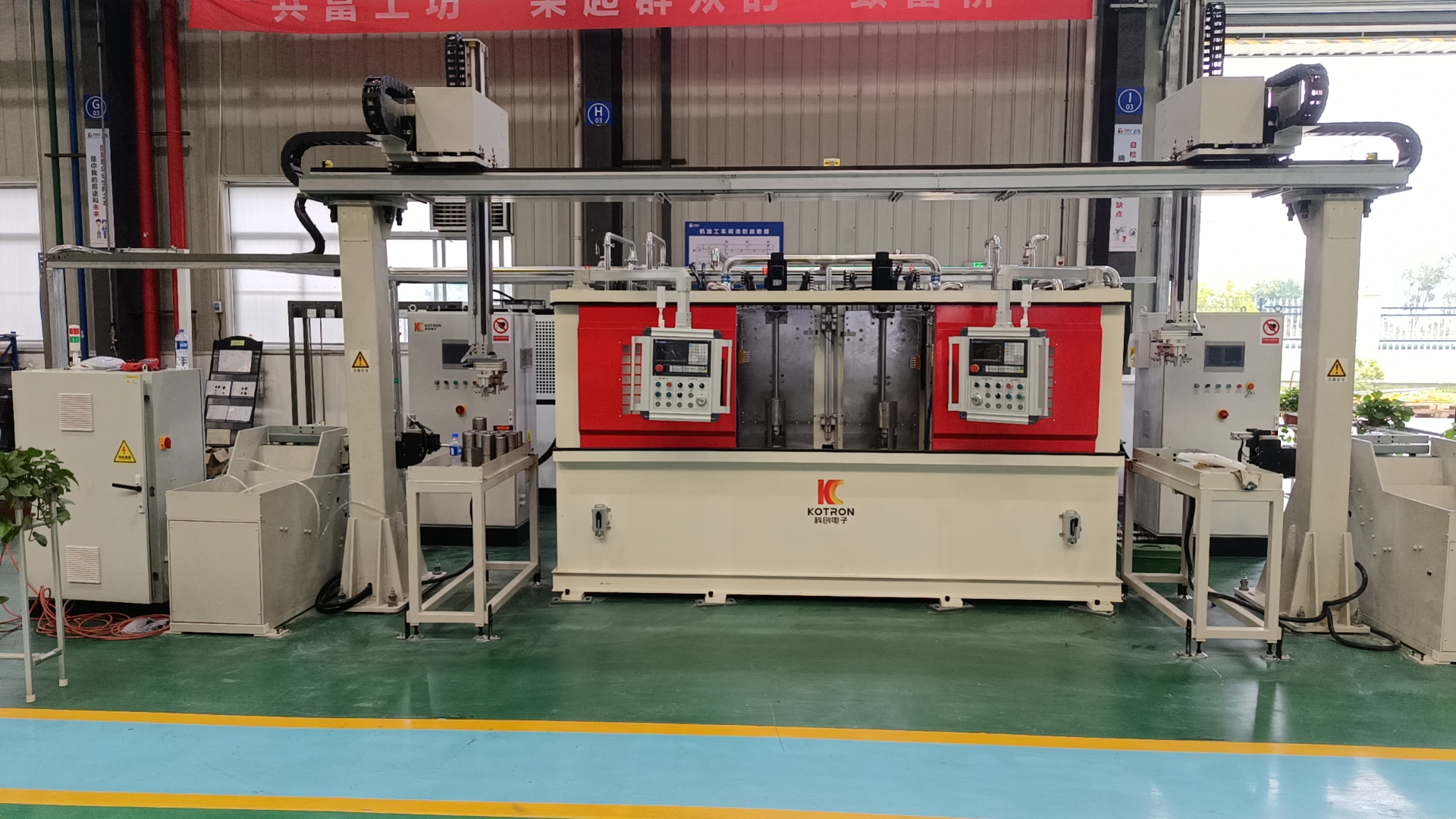10 common Hardening methods in Metal Heat Treatment
10 common Hardening methods in Metal Heat Treatment

There are ten common methods of quenching in the heat treatment process, namely single medium (water, oil, air) quenching; dual medium quenching; martensite graded quenching; martensite graded quenching below Ms point; bainite isothermal quenching; composite quenching; pre-cooling isothermal quenching; delayed cooling quenching; quenching self-tempering; jet quenching, etc.
Single medium (water, oil, air) quenching
Quench the workpiece heated to the quenching temperature into a quenching medium to completely cool it. This is the simplest quenching method, commonly used for simple carbon steel and alloy steel workpieces. The quenching medium is selected according to the heat transfer coefficient, hardenability, size, shape, etc. of the parts.
Dual medium quenching
The workpiece heated to the quenching temperature is first cooled in a quenching medium with a strong cooling capacity to close to the Ms point, and then transferred to a slow cooling quenching medium to cool to room temperature, to achieve different quenching cooling temperature ranges and have a relatively ideal quenching cooling rate. It is used for large workpieces with complex shapes or made of high-carbon steel or alloy steel. Carbon tool steel also uses this method. Common cooling media include water-oil, water-nitrate, water-air, and oil-air. Water is generally used as a fast-cooling quenching medium, and oil or air is used as a slow-cooling quenching medium. Air is rarely used.
Martensite graded quenching
The steel is austenitized, and then immersed in a liquid medium (salt bath or alkali bath) with a temperature slightly higher or slightly lower than the upper martensitic point of the steel. It is kept for an appropriate time. After the inner and outer layers of the steel reach the medium temperature, it is taken out and air-cooled. The supercooled austenite slowly transforms into martensite. It is generally used for small workpieces with complex shapes and strict deformation requirements. High-speed steel and high-alloy steel tools and molds are also often quenched by this method.
Martensite graded quenching method below Ms point
When the bath temperature is lower than the Ms of the workpiece steel and higher than Mf, the workpiece cools faster in the bath, and the same results as graded quenching can be obtained when the size is larger. It is often used for large-sized low-hardenability steel workpieces.
Bainite isothermal quenching method
Quench the workpiece into a bath at the lower bainite temperature of the steel and keep it isothermal to make it transform into lower bainite. Generally, keep it in the bath for 30~60min. The bainite isothermal quenching process mainly consists of three steps: ① austenitization treatment; ② cooling treatment after austenitization; ③ bainite isothermal treatment; it is commonly used for small-sized parts of alloy steel and high-carbon steel and ductile iron castings.
Compound quenching method
First, the workpiece is rapidly cooled to below Ms to obtain a volume fraction of 10%~30% martensite, and then isothermal in the lower bainite zone to make the larger cross-section workpiece obtain martensite and bainite structure, which is commonly used for alloy tool steel workpieces.
The precooling isothermal quenching method
Also known as heating isothermal quenching, the parts are first cooled in a bath with a lower temperature (greater than Ms), and then transferred to a bath with a higher temperature to make the austenite isothermal transformation. It is suitable for steel parts with poor hardenability or large-sized workpieces that must be isothermally quenched.
Delayed cooling quenching method
The parts are first pre-cooled in air, hot water, or salt bath to a temperature slightly higher than Ar3 or Ar1, and then quenched in a single medium. It is often used for parts with complex shapes, large differences in thickness between parts, and parts that require small deformation.
Quenching and self-tempering method
The workpiece to be processed is heated completely, but during quenching, only the part to be hardened (usually the working part) is immersed in the quenching liquid for cooling. When the fire color of the unimmersed part disappears, it is immediately taken out and cooled in the air. The quenching and self-tempering method uses the heat that has not been completely cooled in the core to transfer to the surface to temper the surface. It is often used for tools that withstand impact, such as chisels, punches, hammers, etc.
Jet quenching method
A quenching method that sprays water on the workpiece. The water flow can be large or small, depending on the required quenching depth. The jet quenching method does not form a steam film on the surface of the workpiece, so that a deeper hardened layer can be obtained than the previous water quenching. It is mainly used for local surface hardening.


